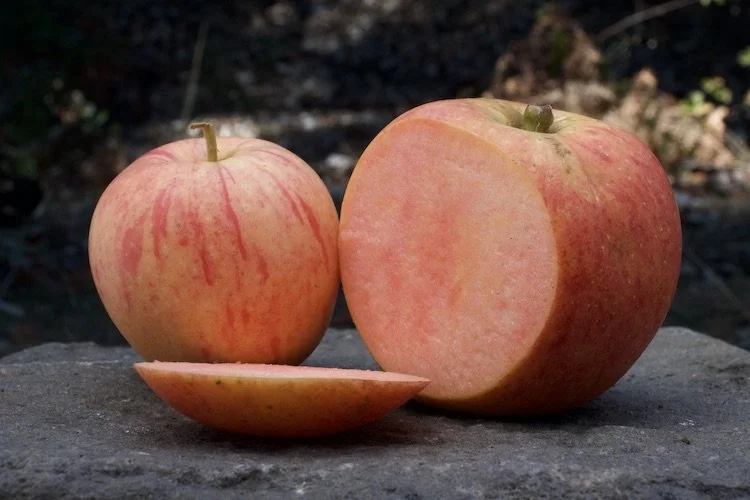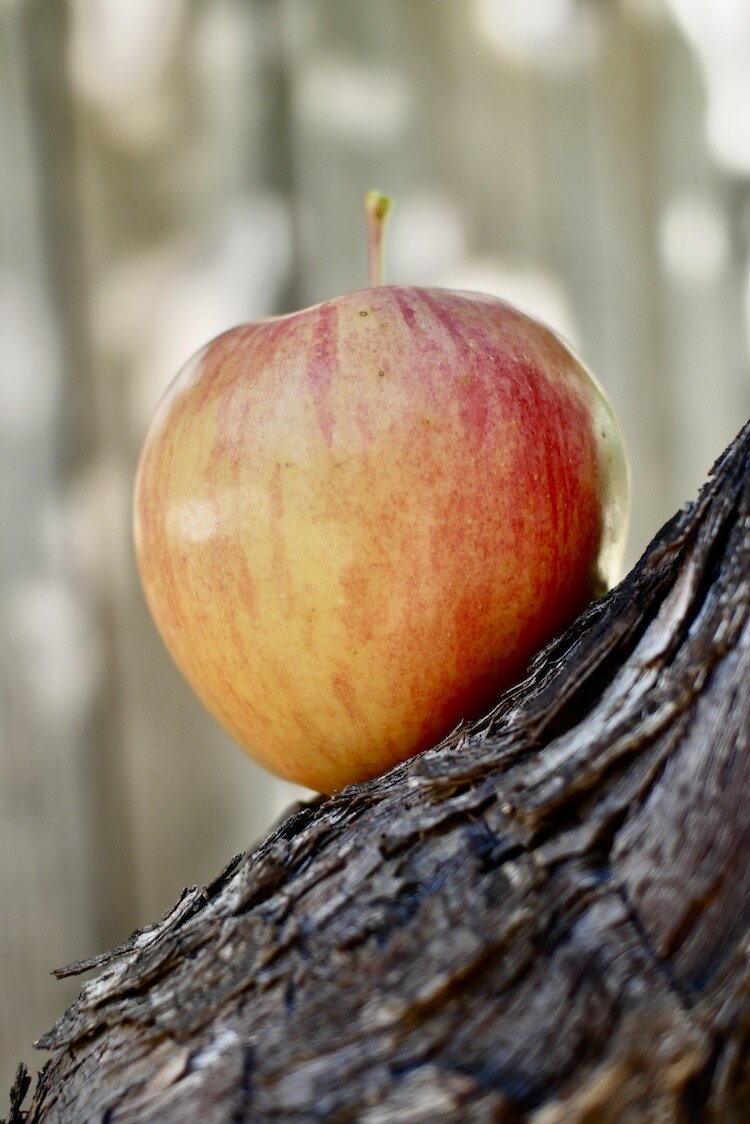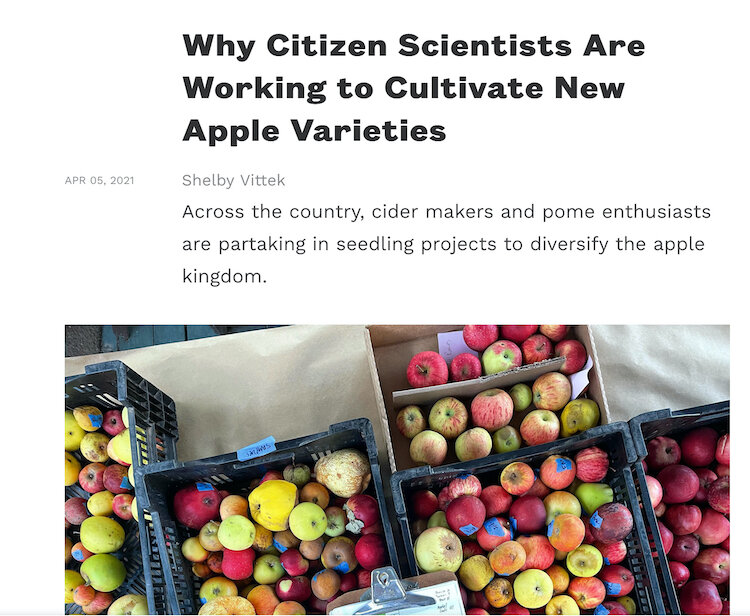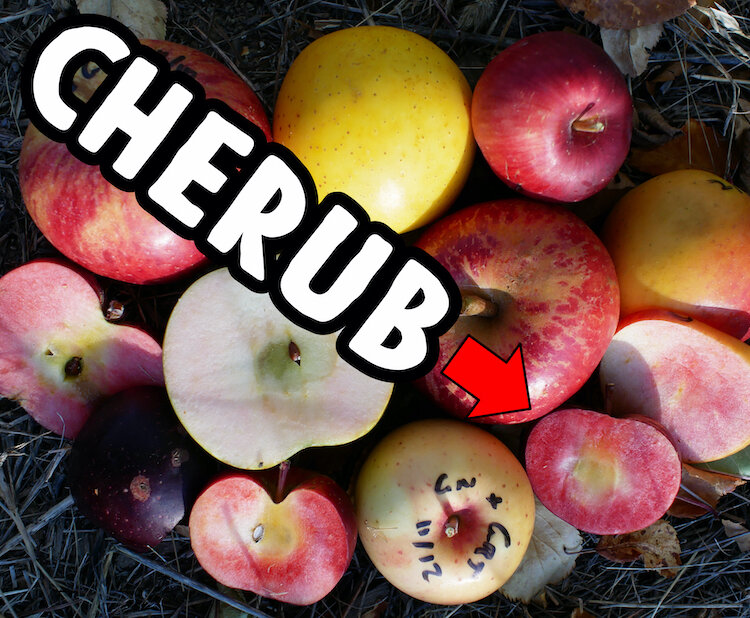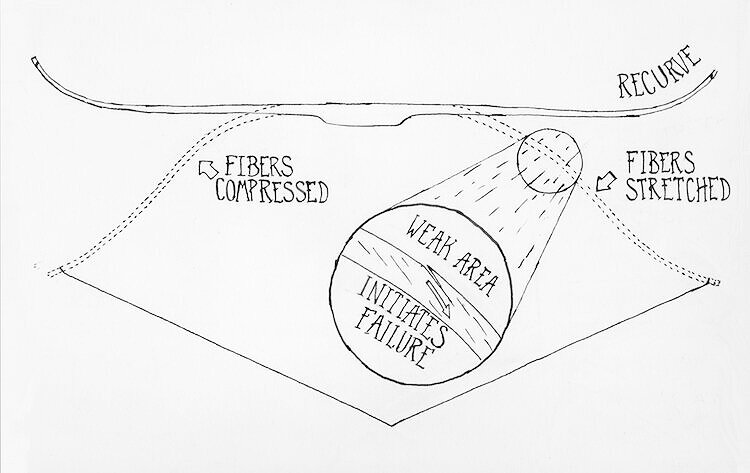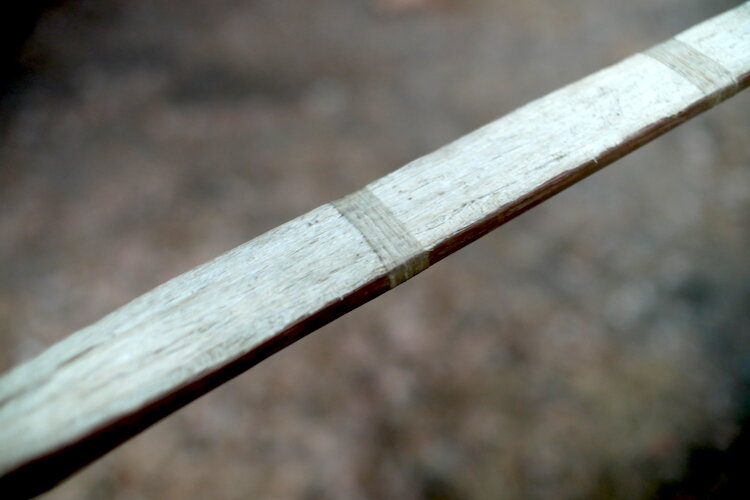If you apply enough heat to wood, it begins to break down and release gasses. If those gasses flare off, you get flames. If not, you get smoke. In the presence of oxygen, you are eventually left with a pile of white or grey stuff, which is the mineral content of the wood. If you stop the process, you have a chunk of light weight, easily broken, porous jet black carbon with no brown areas and no parts recognizable as wood. So charcoal is a shell of carbon left over once much of the substance and components of wood are destroyed by heat. Of course the charcoal still contains the minerals that are in ashes, but they are locked in this carbon matrix and not readily available.
Charcoal is stable and durable. It is capable of persisting in the soil for a very long time. Of course how long may depend on the type of charcoal, conditions, soil etc. but it is no doubt capable at times of persisting for millennia. While some of the minerals in ashes may be persistent, ash is essentially a very short term fertilizer.
CHARCOAL
First off, there is some debate about whether it is appropriate to call black cinders from the fire charcoal, or “biochar”. In video comments I’ve had people argue forcefully that any char produced in the presence of oxygen, the way I usually make it in open piles or pits, is not biochar, but just charcoal. Others argue forcefully that it is not charcoal, yet when asked what it is, they have no appropriate simple term. If I handed a chunk of that half burnt shell of carbon to most people, they would say it is charcoal. Words are not things and language is a product of living, changing culture.
If wood is heated under a very low to zero oxygen environment, it undergoes destruction, similar to an open burning fire, but more of the carbon structure is retained. It will be denser, harder and have a higher fuel value than wood that is burned with more available oxygen. At some point, all the gasses will be driven off and it will just stay red hot, without burning up, because there is no oxygen to finish the process. Once I was part of an iron smelting experiment. When we dug the kiln out the next day, I found pieces of charcoal embedded in slag. That slag, which is a collection of melted unwanted minerals melted from the iron ore, had been white hot, molten goo the night before, yet the charcoal survived it. It survived because there was no oxygen in that part of the kiln to finish turning that charcoal to ashes.
If I start a fire, then quench the coals at a certain point before they burn to ash, I end up with a softer and less dense product. This is closer to the way I usually produce char. The difference is quite real. I actually need to burn some of that low oxygen hard charcoal soon for my forge, because it burns longer. I can get away with using the softer stuff I usually produce, and it gets plenty hot, but I have to use more of it. The common argument is that char made by pyrolysis is better for agricultural use as well. That may be. The question that interests me more is whether less carefully prepared open burn char works and is it a viable option in some contexts. In my experience, it is. So grammarists and fundamentalists can argue the finer points or masturdebate over the terminology all they want. I’m going to call it all charcoal or biochar, alternately, because that is what most people will understand. I think if the term biochar persists, it will come to mean all charred plants used for soil improvement and potting mixes. I am not particularly attached to what it’s called, I just use the language that is common. I would prefer to live in a society that has a more sophisticated nomenclature for chars, but I’m not sure I’m interested in trying to bring it about.
Charcoal has some interesting properties that make it potentially very useful in soil improvement. One is that it is a magnet for all kinds of substances. It works by grabbing onto them. This is called aDsorption. So, it can hold soil nutrients strongly, but plants can still use them. I grow a lot of my cactus in char and when you dig one up, the roots are covered with pieces of charcoal firmly attached by root hairs. If I fertilize a potted cactus with a high char content, I’m basically pouring my nutrients through a very effective nutrient filter. One would think that much less nutrient escapes out of the bottom of the pot when watered or fertilized.
Char is also aBsorbent, meaning it can soak up liquid like a sponge. In my experience, it seems to be capable of holding a lot of water, but probably dries out faster than either organic matter or clay. In some soils, at some percentages, it probably helps with water retention or reduces it. My jury is still out on that, but suspect that high percentages can cause some soils and potting mixes to actually dry out faster.
It also acts as an aggregate if you need that. My cactus mix is 50% charcoal, it is ground up to any where from powder to 3/8 inch chunks, so the mix is very well drained. I don’t need to add any other of the usual drainage stuff like red lava, pearlite or sand. For many plants, this might be too much and I would probably go with more like 20% and down. But it’s great for cactus. But there is no soil in potting mix, the rest is mostly peat moss, coconut fiber or shredded bark. In actual soil it can increase friability a great deal. I have loam here, which is not at all bad to work with. But with 10% char, it’s lovely to work with. I have not personally tested it on clay soils, but I definitely would post haste if I had to deal with that unfortunate circumstance.
In sandy and silty soils, char can serve some of the purposes of organic matter, plus some more, but it is persistent. Sandy, airy soils need organic matter badly, but they also lose it super fast as it is oxidized quickly due to the very high porosity of the soil. Sandy or silty soil also sucks at holding nutrients. Clay is quite good at holding nutrients. I you can get it, add some and make loam. But charcoal is a partial substitute in that department and should increase water holding, nutrient retention and probably soil life.
One of the common theories about why char can improve soil performance, is the microbe theory. Charcoal contains all the pore space naturally found in wood from the capillary system that moves liquid around the tree. I imagine it contains even more from the charring process, but either way there is a lot of pore space in a piece of charcoal. The important bit is that lots of pore space also means a whole lot of surface area. There is some statistic floating around out there that references football fields to describe how much surface area a small piece of charcoal may contain. So that means a small piece of char is a huge habitat for microscopic organisms.
I imagine that both the microorganisms and the nutrient grabbing capacity are important, but what we really care about is whether it works. And it seems to work. There is a lot of research you can avail yourself of (cautiously I would advise) and lots of personal accounts. The stuff that got me most excited was research I did on charcoal used for soil amending in Europe and North America in the 19th century.
But the idea that knowledge is transferable is somewhat dubious, and no matter how much information we consume, we know very little for sure and even less about how things will actually work for us in the ground war of farming and gardening. So I always advise people to do their own small, simple science experiments on using char to figure out what percentage to use and how it performs or doesn’t in your soils, and with your gardening style and crops.
So charcoal is awesome, but it’s not fertilizer. In fact, if you bury raw char, it will sap nutrients out of your soil and stunt most plants for about a year. Remember, it’s a nutrient trap, so it has to charge itself up and reach some kind of equilibrium before benefits start. Ashes on the other hand, are definitely fertilizer. In either case neither is necessarily a substitute for adding other things to your soil to make things grow. Don’t expect miracles. My observation of char beds is that the char seems to make better use of the amendments I do add, not that it replaces the need for them.
ASHES
Everyone has heard of slash and burn agriculture. You go to an area of forest, cut and burn everything down, spread the ashes around and plant your crops. People have done it forever in some parts of the world, and not just in the tropics. It works great, but only for a short time. It doesn’t last. Who got the warm fuzzies when I said slash and burn? Probably no one. Even the name sounds bad lol. The reason slash and burn has such negative connotations is that it is very temporary and you have to move in a few years when all the nutrients released from the ashes are used up. So, to an outside observer, it looks horrible. This great video shows how that can be a misinterpretation.






